For this project, I chose to focus on a brownfield site in Harrisburg which is located in Allison Hill. In 2017, the Pennsylvania EPA gave a $200,000 grant to clean up the site (“EPA Brownfields Funding”). The site was the Allison Hill Automotive site, and is commonly called the “Heart of the Hill.” It is located in the “Industrial Park,” where there were smoke-stack facilities and factories during the 19th and 20th century. However, there are many leftover contaminants in the area, including asbestos, arsenic, and lead paint (“Heart of the Hill”). The environmental hazard from the contaminants has caused much of South Allison Hill to be unsafe and un-usable. Allison Hill has high levels of poverty and is a more diverse area in the city than any other parts of Harrisburg. There is also a lack of development in Allison Hill because there are no clothing stores, pharmacies, or convenience stores, so there is no economic growth within the neighborhood (Bellinger). The brownfield in Allison Park has many contaminants, and they are well known for being dangerous to environmental and human health. Asbestos, which is found at the Heart of the Hill site, causes water and air pollution and has increased cases of mesothelioma (McDonald). Despite federal funding to restore Allison Hill, there is still a lack of restorative measures taken to fix the brownfield, which shows an example of an (un)just sustainability through the lack of access of essential resources within the neighborhood to the residents as well as the dangers to both the residents within South Allison Hill as well as the environmental damage that toxic contaminants have caused.
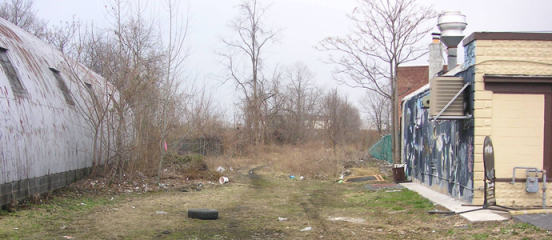
This is a part of the brownfield where there was an automotive site before all of the factories shut down and left pollutants.
April 28, 2020
Allison Hill Brownfield Site – Unjust Sustainability
4 Comments
messimeg
Administrator
Posts by messimeg
Comments by messimeg
-
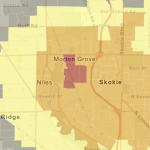
A Story of Disproportionate Siting of Hazardous Waste in Morton Grove, IL
I love your visual! It looks like you put a ...
-
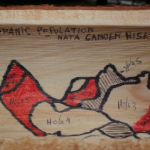
Hispanic Workers Exposed to Formaldehyde in the Wheaton-Glenmont area in Maryland
Your visual is such a creative way to showcase the ...
-

PCB contamination in the Fox River: The Disproportionate Effects
I love this visual! Using old tee shirts to connect ...
-
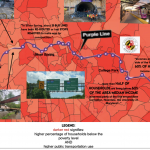
Transportation and Housing Justice in Maryland’s Purple Line
I had never heard of this project before, but it's ...
-
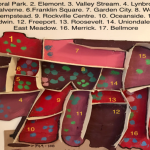
Housing Segregation on Long Island: Invisible Walls
I love how you used physical walls in the visual ...
Prof. Michael Heiman (Emeritus)
May 1, 2020 — 3:46 pm
Who are the references? Bellinger, et al. ? Are you aware of local community groups that have been active with EJ issues in the area? In the past, the Catholic Worker’s House on Market Street (Naed Smith–RIP) has been a leader.
Nearby Messiah College has also been a leader involving students with EJ action in Allison Hill and across Harrisburg.
You can access both online and connect with community activists through them.
Prof Heiman
May 1, 2020 — 4:04 pm
Not clear on what you are suggesting–That the designation of the area as a Brownfield itself is an example of environmental injustice as the federal requirements for cleaning up a Brownfield are not as stringent as as a (mythical) “Greenfield” or that the area should be declared a Brownfield but held to a higher standard or, perhaps the Brownfield program itself (federal) is unjust? What is the basic EJ issue with the program?
Prof. Heiman
May 1, 2020 — 4:10 pm
Sorry–did not see the additional infographic explanation. In any case, what do you think of the additional funding last year for Brownfield redevelopment in Allison Hill? The project sponsors predict up to 7 million in additional aligned development. Perhaps still a pipe dream and an example of environmental injustice rather than justice?
https://www.pennlive.com/news/2019/06/city-hopes-to-draw-millions-in-development-with-help-of-grant-to-clean-up-brownfield-sites.html
messimeg
May 1, 2020 — 6:03 pm
Hi – I had not seen this article before but am glad to see further funding to clean up the brownfield site and help Allison Hill’s redevelopment. I hope that with the addition there can be actual concrete progress in cleaning up the pollution and beginning to build in the neighborhood to help with the economy and the lack of supermarkets/pharmacies etc. as well. As of right now I’d consider the brownfield site an environmental injustice because of the dangers that it still poses, but hope that one day it can be safer and become a better environmental justice example.